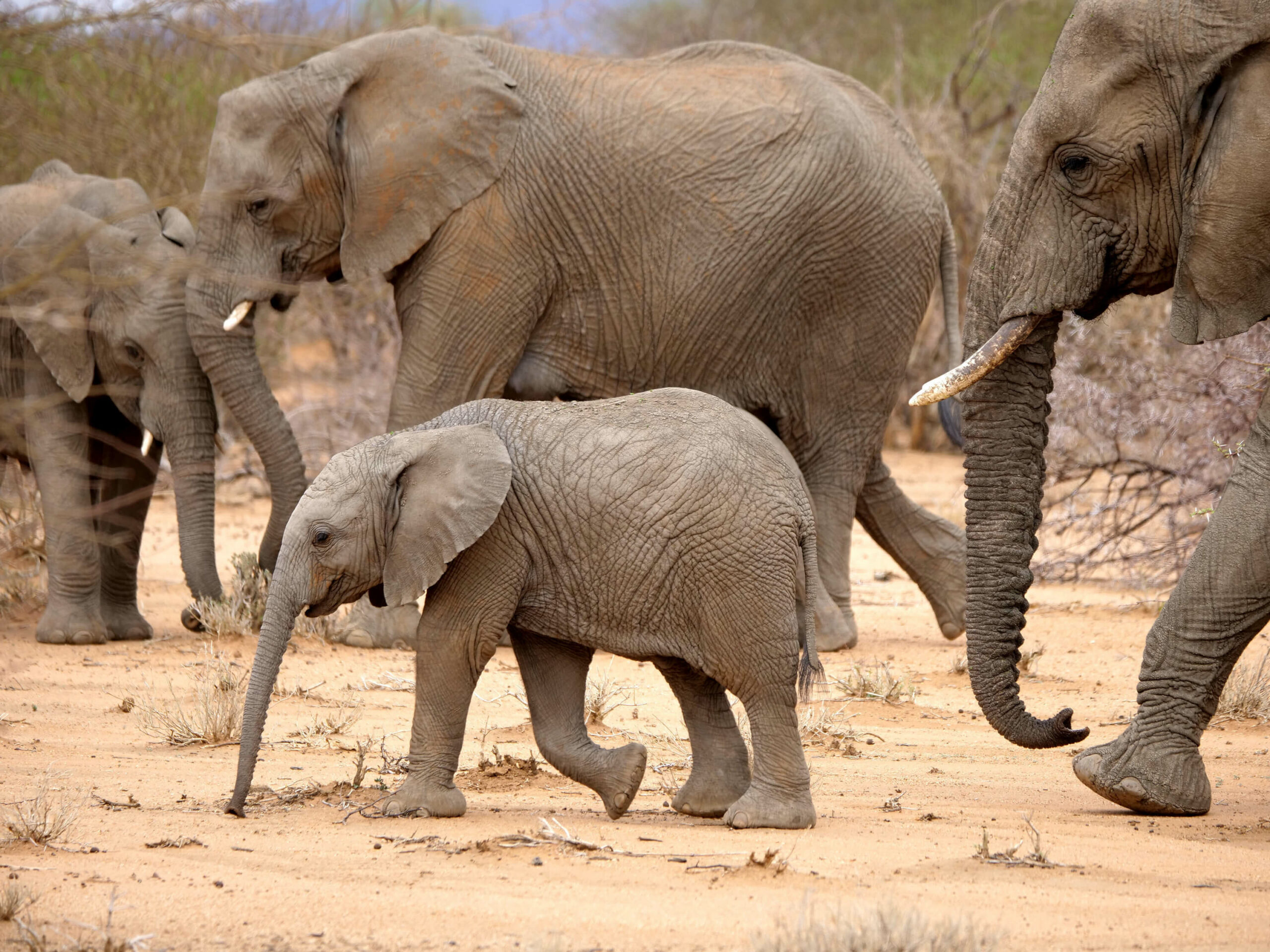

While much is known about reproduction and mating in the animal world, what happens inside the womb is more of a mystery. That means the swamp wallaby is the only known species that is essentially always pregnant. Using a high-resolution ultrasound, researchers learned that the females ovulate, mate, and form a new embryo while still carrying a full-term fetus in the other uterus. If a female loses a joey, “then the embryo that’s in diapause resumes development, so they can be more reproductively successful and have more offspring without having to wait a whole year,” says Travis.Ī March 2020 study showed that the swamp wallaby can also have two embryos at different stages of development in its uteruses. A kangaroo doe can produce milk with different nutritional values for two joeys of different ages, and she has four teats from which the two joeys can suckle. (Read about the incredible travails faced by animal moms.)Īs this little one matures in mom’s pouch, she keeps the other fertilized embryo in arrested development until the sibling is weaned and can enter the pouch. After giving birth to their jellybean-size, hairless joey, females often quickly get pregnant again in the other uterus. “They're actually eating for three for most of their adult life, and it's just amazing that they have the resources to be able to go through that.” Backup pregnanciesĪll four species of kangaroo have two separate uteruses, an adaptation that allows them to carry a “backup” embryo. “The egg gets fertilized, and another eleven and a half months go by before they give birth again,” says Goertz.ĭuring this state of suspended growth, mom returns to the water to forage. In the summer, Steller sea lions give birth on land, then come into heat just two weeks later, when they can get pregnant again. ( Read how animal mothers remind us a lot of our own.) Steller sea lions of the northern Pacific can postpone giving birth to her single pup until “food is plenty and conditions are mild,” says Carrie Goertz, director of animal health at the Alaska SeaLife Center, an aquarium and rehab center. Instead, the fertilized egg remains in a suspended state called embryonic diapause. But it does not implant,” explains Travis. In this scenario, called delayed implantation, “the sperm meets the egg, it fertilizes, and it becomes an early embryo. That could mean favorable weather, an abundance of food, or after older, competing siblings have set off on their own. More than 130 mammal species, such as bears, seals, sea lions, and several marsupials, can delay a pregnancy until conditions are just right. That’s why some dogs can have mixed-breed litters: A poodle, for instance, can give birth to a poodle-beagle mix and a poodle-retriever mix at the same time.

Because female dogs release more than one egg when they ovulate, and their cycle can last a week, they can mate with different males to fertilize as many eggs as possible, says Alexander Travis, a reproductive biologist at Cornell University College of Veterinary Medicine. Pups in a litter can have multiple fathers, a phenomenon called superfecundation. Because “their environment is very dangerous and constantly changing,” Hildebrandt says, the glut increases the chances that some will make it to adulthood.ĭomestic dogs and cats, as well as their wild counterparts, also bear multiple babies in a short period of time: A typical domestic dog gestation is 63 days, resulting in an average of five to six pups. Here are more fascinating adaptations that mammals have evolved to carry their babies-and ensure their survival.Īnimals with shorter gestation periods have multiple babies, like your typical house mouse, a breeding machine that’s pregnant for just 19 days-yielding between 12 to 20 babies every two months. They make their way from the birth canal to the pouch to continue their development. North America’s only marsupial can give birth to an average of eight to nine infants just 11 to 13 days after mating each of these “pinkies”-so called for their fingerlike appearance-are the size of a dime. On the other end of the spectrum, the animal with the shortest known gestational period is the Virginia opossum. Some marine mammals, such as the bottlenose dolphin, carry their young for between 10 to 12 months, which means that calves can keep up with their mother from the get-go. Similarly, the five species of rhinoceros are pregnant an average of 16 months, resulting in a fully developed calf. (See touching photos of animal mothers and babies.) “The baby elephant is born very complete, and it can walk long distances,” says Thomas Hildebrandt, a veterinarian at Germany’s Leibniz Institute for Zoo and Wildlife Research.


 0 kommentar(er)
0 kommentar(er)
